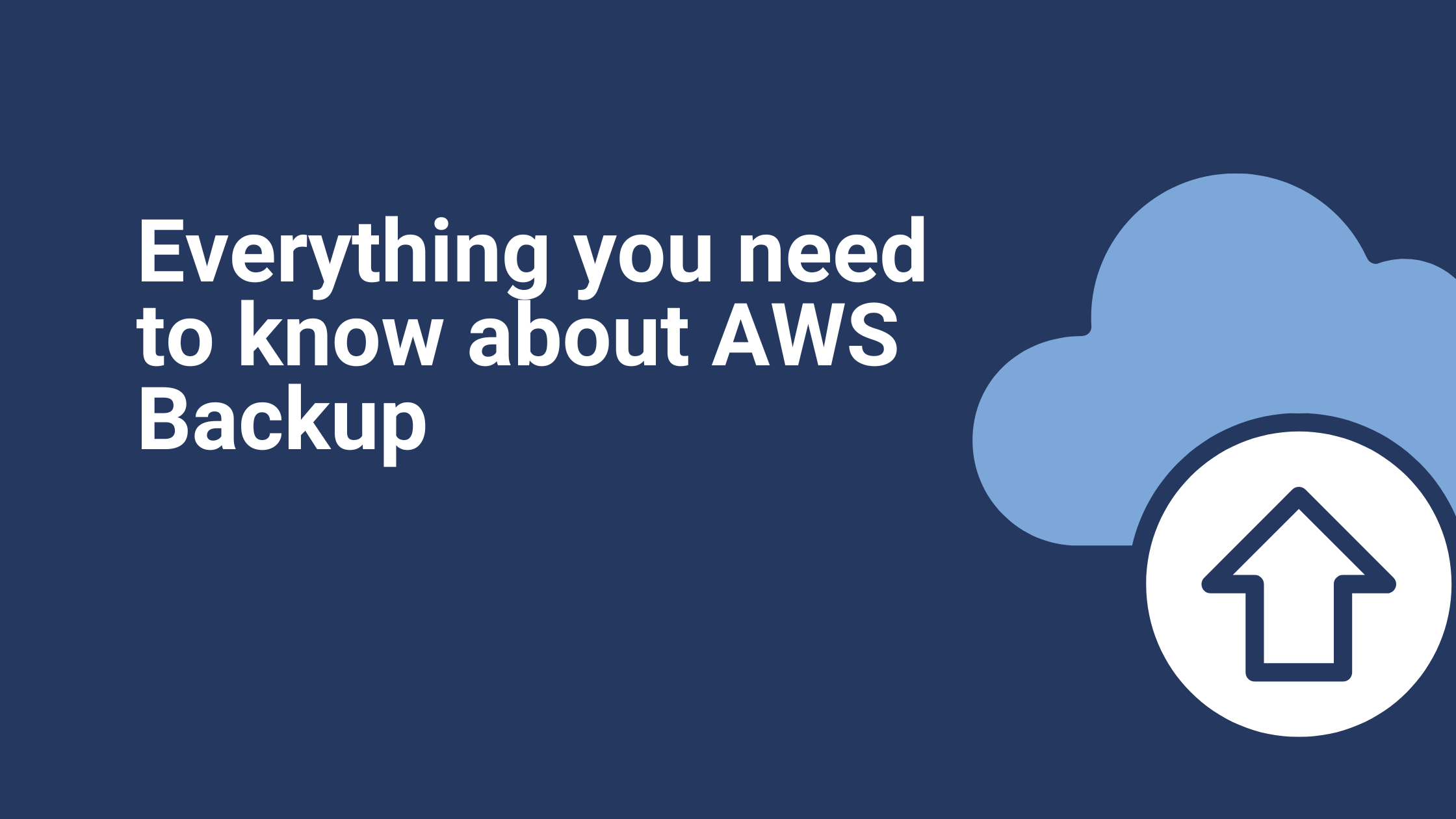Infrastructure as Code Security
Infrastructure as Code and the bigger concept of DevOps for business applications are accelerating the utilization of cloud computing. Businesses are moving their solutions, data, and processes to the cloud and leveraging the benefits of cloud computing such as automation and efficient scaling.
As the pace of development and deployment cycles becomes higher, Infrastructure as Code becomes the only way to keep up with operational demands. Keeping up with the rapid pace of today’s CI/CD cycles isn’t without its challenges.
One of the biggest challenges faced by developers and DevOps engineers is security. When your CI/CD cycle is very fast, it is easy to neglect important security aspects. This is where integrating Security as Code—infosec as an inseparable part of DevOps—comes in handy.
Understanding the Challenges of Infrastructure as Code Security
IaC as a concept automates a lot of aspects of cloud deployment and provisioning. Rather than manually configuring physical hardware and cloud nodes, you can now lay a blueprint and automate a lot of things using formats such as CloudFormation Template or third-party solutions like Terraform.
However, one wrong configuration can leave the entire cloud environment vulnerable to cyberattacks. Attention to detail becomes crucial when nearly everything about infrastructure deployment is automated. Manual security assessments performed on a regular basis is no longer sufficient.
There are also challenges related to the security of scripts and codes. In the old days, testing is done once the complete application is at its staging phase. That is no longer an effective approach to testing since updates are pushed in smaller increments and without taking the application down.
Changing infrastructure is another challenge to solve. While the template for deployment is predetermined, the cloud environment is programmed to be scalable and flexible at the same time. When there are spikes in traffic or errors to mitigate, the cloud environment will self-adjust.
These challenges cannot be solved using traditional security methods. With Infrastructure as Code becoming more common, the need for streamlined security measures, better security policies, and equally agile security tests and reviews becomes higher as well.
4 Main Security Principles
Integrating security into the DevOps workflow can only be done once the pillars—the main security principles—are defined correctly. With IaC becoming more common, there are four security principles that must always be maintained throughout the CI/CD cycle.
#1 Continuous Compliance
Continuous compliance is the fundamental of infosec in the IaC era. Codes—including codes associated with the provisioning of cloud resources and the deployment of cloud services—must follow a strict set of rules and standards. Security compliance controls must be put in place for every stakeholder in the process to follow.
Codes, for instance, must be checked against an IDE standard, known threats modeling, and reviewed by peers before they are committed to the main repository. This is the first line of defense that allows for better, more streamlined security as a process.
Pre-commit and the possibility of automated pre-testing make the flow even more streamlined. When codes pass the earlier review, it is automatically tested in a sandboxed environment. Stricter standards such as Software Composition Analysis (SCA) and models based on known security threats are implemented.
Codes are then committed to the source repo. Before they are pushed to binary repo—and eventually the production environment—they have to go through additional checks. Compliance becomes an integral part of the process with this approach.
#2 Continuous Risk Assessment and Threat Modeling
Another big task to complete is minimizing the attack surface of your cloud environment. This is done through continuous risk assessment involving every component of the environment. When there are security holes or services with an elevated security risk, changes must be made immediately.
Threat modeling becomes a way to ensure that risk assessment is done based on the latest set of models and the highest security standards. There are third-party service providers that offer threat models for immediate use if you want to jumpstart the process.
Minimizing attack surfaces also means tweaking access control and firewalls. AWS IAM, for example, can be used to configure the least required privilege for microservices inside containers, automating the process while maintaining a certain level of security along the way.
Computing engines like EC2, storage blocks, APIs that can be accessed from outside the cloud environment, and front-facing microservices must receive special attention. These components need to be reviewed and monitored closely to limit exposure to cyberattacks.
#3 Data Encryption as a Requirement
Data encryption is the third pillar in IaC security. Sensitive information and sensitive files such as customer information, financial data, or Kubernetes secrets need to be encrypted by default. More importantly, data transmissions from and to the cloud environment need to receive the same treatment.
Data in transit is vulnerable. SSL and TLS are still the two methods used to secure data in transit, but native tools from AWS make adding security layers easy. AWS Certificate Manager handles the management of secure keys and certificates, but it is now the only tool to use.
Amazon CloudFront is compatible with HTTPS natively. Amazon RDS works with SSL/TLS encryption across database instances. The same is true with Amazon Redshift. The rest of the cloud ecosystem can follow AWS security best practices to maintain maximum security.
#4 Automate Monitoring and Alerts
The last component is the continuous monitoring of the deployed cloud environment with the addition of automation and alerts. Continuous monitoring in environments like AWS goes beyond identifying attacks and alerting DevOps engineers or cloud administrators. Modern monitoring incorporates new technologies like AI to identify potential threats early.
Anomaly detection in AWS CloudWatch is a good example of how native tools can be used to provide better security. The combination of CloudWatch and tools like Amazon Athena allows DevOps engineers to be more agile in boosting their threat model repository. With every cycle completed (and new threat models learned) the entire flow becomes more secure.
The result is DevOpsSec, a concept where security becomes a part of the agile workflow of modern businesses. The four principles covered in this article are the elements you need to establish better security for your Infrastructure as Code workflow. Security as Code becomes a possibility when you integrate it from the beginning.
Ibexlabs is an experienced DevOps & Managed Services provider and an AWS consulting partner. Our AWS Certified DevOps consultancy team evaluates your infrastructure and make recommendations based on your individual business or personal requirements. Contact us today and set up a free consultation to discuss a custom-built solution tailored just for you.









